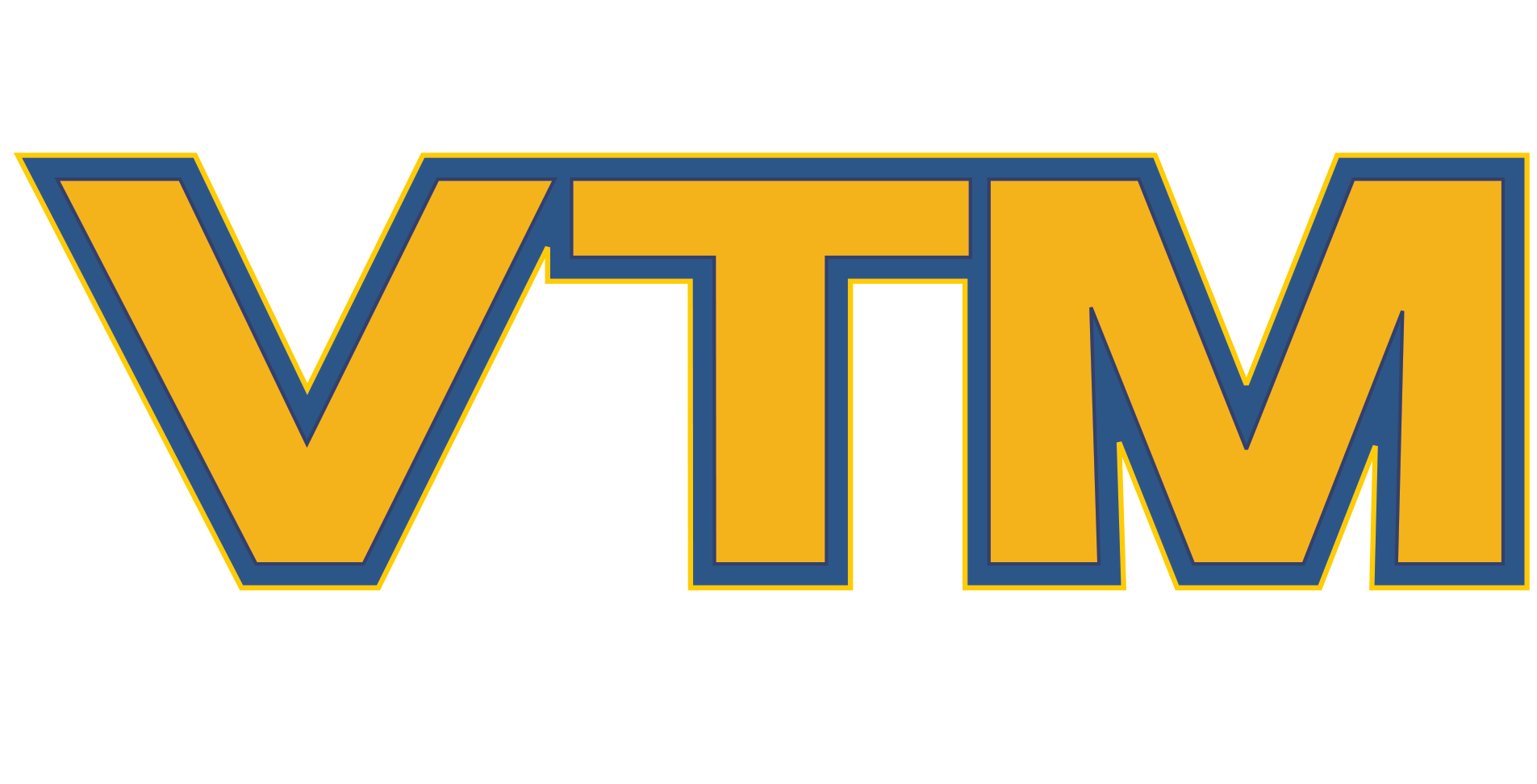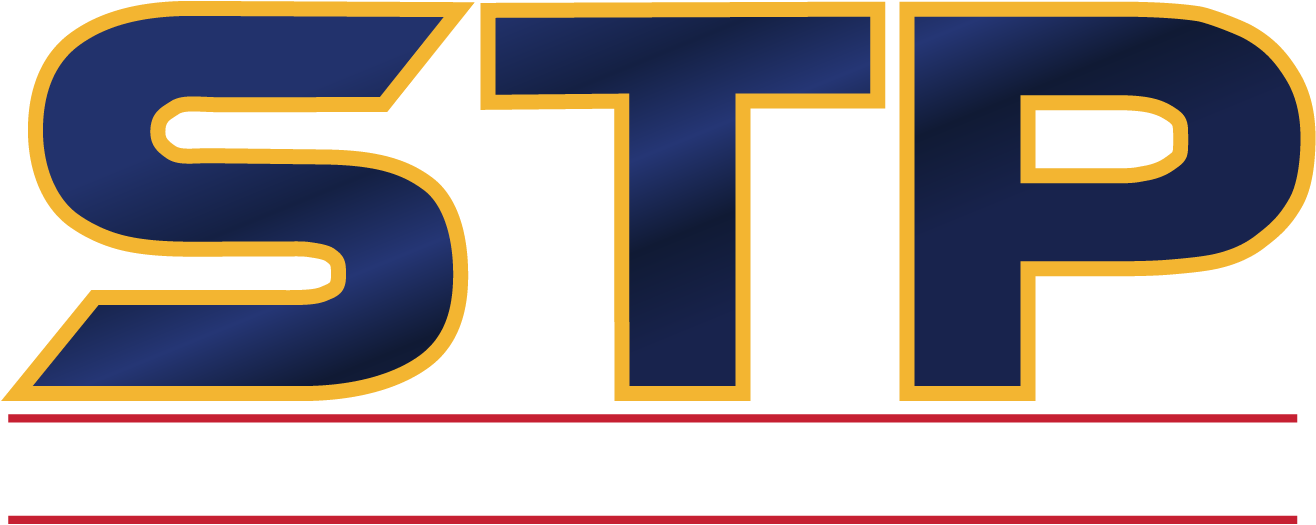Filter Projects
- Clear Filter
- Clear Filter
- Clear Filter
Project Results
Daniel H. Wagner, Associates, Incorporated
Threat Prioritization Decision Aid for Theater Anti-Submarine Warfare (TASW)
Daniel H. Wagner, Associates, Incorporated
Collaborative Anti-Submarine Warfare (ASW) Threat Assessment
Daniel H. Wagner, Associates, Incorporated
Active Sonar Interference Avoidance Planning
Daniel H. Wagner, Associates, Incorporated
Detection Rate Improvements Through Understanding and Modeling Ocean Variability
Daniel H. Wagner, Associates, Incorporated
Dynamic Minefield Operation (DMO)
Daniel H. Wagner, Associates, Incorporated
Collaborative Airborne Anti-Submarine Warfare (ASW) Mission Evaluation and Optimization (CAMEO)
Daniel H. Wagner, Associates, Incorporated
Detection Avoidance System for Submarines (DASS)
Daniel H. Wagner, Associates, Incorporated
State Estimation Tool for Undersea Systems (SETUS)
Daniel H. Wagner, Associates, Incorporated
Fusion and Optimization for C2 of Unmanned Systems (FOCUS)
Daniel H. Wagner, Associates, Incorporated
Detailed ASV/USV Modeling and Simulation System (DAMS)
Daniel H. Wagner, Associates, Incorporated
Automated Active Sonar Interference Avoidance Algorithms (ASIA)

